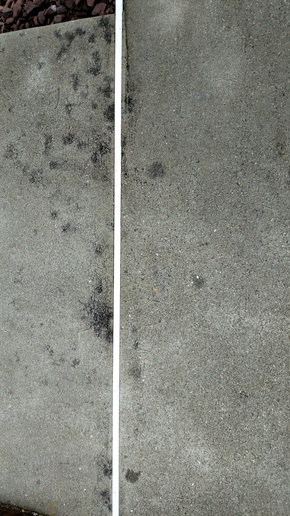Andy Martin
Well-known Member
Need some collective wisdom here. I'm getting ready to pour a slab basically 30 ft by 40 ft. There are an existing row of pole barn poles down the middle, so I plan to pour 15x40, then another 15x40. The entire slab will be inside after the building is finished, and it seems like I need an expansion joint between the two pours. But I don't really know. This will be a maintenance shop, I've though about just putting 1/4"masonite between the slabs, or nothing. I don't want something wide which would catch casters rolling across the seam.
8" slabs, and I plan to order 4,000# concrete, and expect to put 3/4" smooth dowels between the pours.
And what if anything would you put around the poles? (5x5 wood)
What say ye?
8" slabs, and I plan to order 4,000# concrete, and expect to put 3/4" smooth dowels between the pours.
And what if anything would you put around the poles? (5x5 wood)
What say ye?


